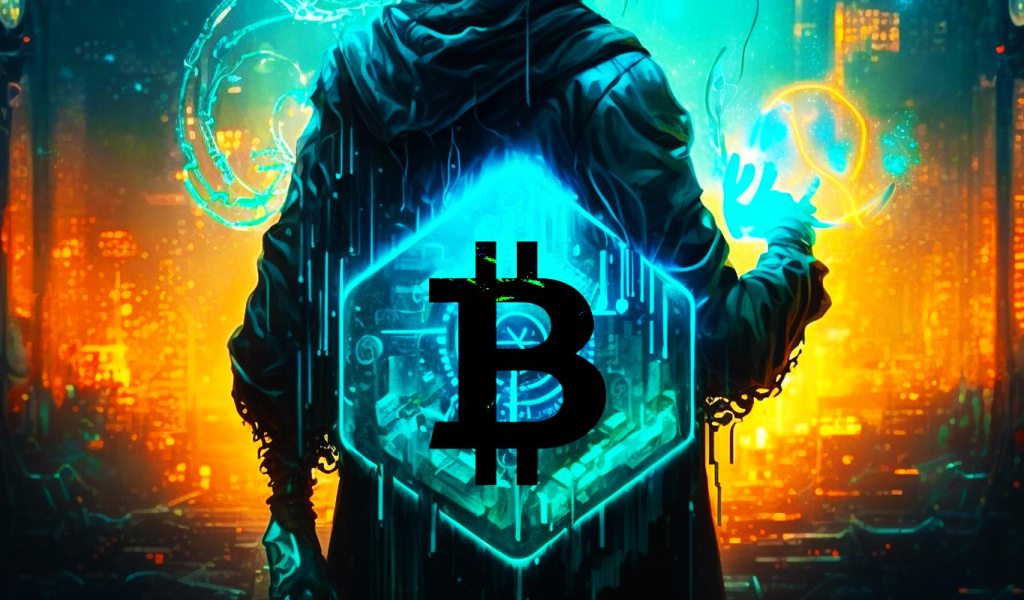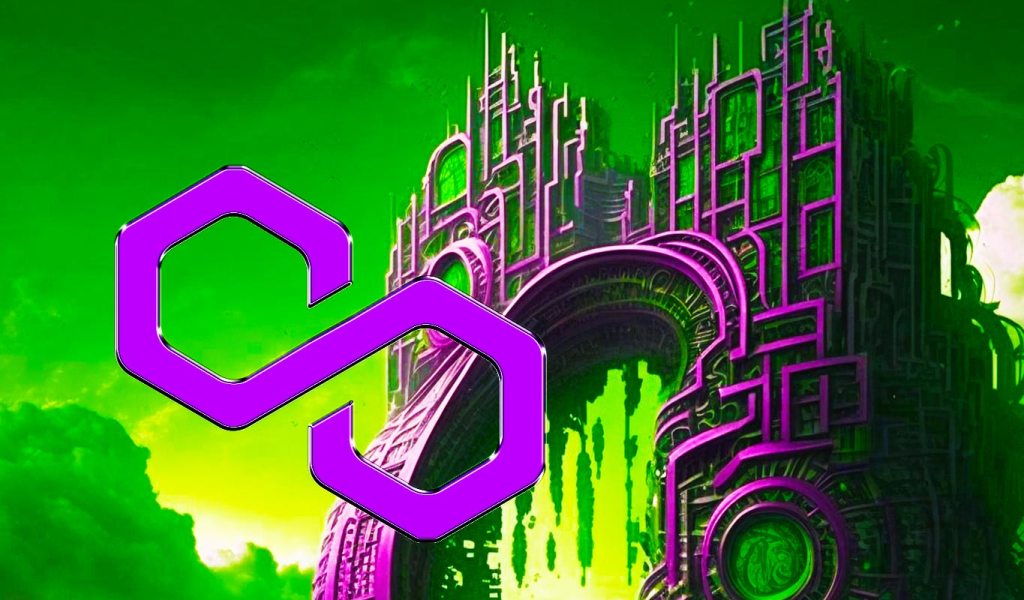
Explore Immutable, the leading Web3 game development platform to build and scale Web3 games.
What are the DApps on Immutable?
The majority of DApps on Immutable fall under the category of Gaming and Collectibles.
Several games are currently being built on the Immutable platform ranging from RPGs to sci-fi exploration, and autobattlers to massively multiplayer online role-playing games (MMORPGs). Some of these include:
- Illuvium: Illuvium is a decentralized game studio building an open-world RPG adventure game. Players are immersed in a unique combination of sci-fi and fantasy while capturing Iluvials, creatures inhabiting the world of Illuvium.
- Gods Unchained: Released in 2018, Gods Unchained is a leading Web3 play-to-earn trading card game that has already seen over 52 million cards exchanged. Despite being in beta, the game has over 450,000 registered users.
- Guilds of Guardians: Guild of Guardians is a multiplayer action RPG developed by Mineloader and published by Immutable Games. While the game is yet to be launched in 2023, over 1 million players have pre-registered for the game.
- Immortal Game: Immortal Game is building chess on the blockchain, enhancing the classic game by introducing a crypto layer that enables players to own stylish NFTs tied to pieces called Immortals.
What are IMX and Immutable Marketplace?
Immutable uses a decentralized governance system via IMX as the native utility token on the Immutable platform.
The IMX token is an ERC-20 token with a total token supply of 2 billion. Incentives among traders, creators and markets are balanced by the IMX token, ensuring rewards go to pro-network activities on Immutable. The Immutable white paper describes three core uses of IMX: fees, staking and governance.
Immutable has its own marketplace as the default home for trading NFTs on the protocol. The Immutable Marketplace supports Ethereum wallets without the need to switch networks. NFTs are free to mint for users on the Immutable Marketplace, and since there is only a 2% sell-on fee, it is a low-cost avenue for launching new collections with near-zero gas fees.
Apart from its own marketplace, Immutable’s Orderbook and Marketplace Network facilitates partnerships with 10 leading NFT marketplaces, such as GameStop, Token Trove, OKK, etc. Thanks to the power of the orderbook, games and marketplaces building on the Immutable platform experience doubled liquidity as evidenced by the fact that half of all trades on Immutable are filled on non-origin marketplaces.
In November 2022, Immutable partnered with GameStop, the leading global video game retailer, to integrate its global orderbook into the GameStop NFT marketplace. This will bring current and upcoming projects on Immutable to GameStop, including Gods Unchained, Guild of Guardians, Ember Sword, Playco, GreenPark Sports, Illuvium and many others.
What are the key features of Immutable?
Immutable aims to provide a fast, secure and cost-effective solution for decentralized applications (DApps) while solving numerous issues around scalability and gaming.
The key features and technologies of the Immutable platform include:
Enterprise-grade security with massive scalability
The integration of zero-knowledge proofs into the Immutable platform allows for a substantial decrease in transaction costs and an increase in the number of transactions per second (TPS) compared to traditional Ethereum platforms. At the same time, the technology guarantees the confidentiality of sensitive information while permitting the verification of statements.
The largest ecosystem in Web3 gaming
Immutable offers access to a growing ecosystem of over 1 million players and $2 billion in investor funding for games building on Immutable, along with over 150 well-known titles that have selected Immutable as their gaming platform.
Frictionless user experiences
The full suite of Immutable products and vetted smart contract templates have been created specifically to reduce onboarding complexities, generate native gameplay experiences, and empower game studios with the tools they need to provide delightful Web3 experiences to their communities.
Game-centric development platform
Immutable has five years of experience building and scaling some of the promising Web3 games, such as Illuvium, Gods Unchained and Guild of Guardians. Drawing from this, it has used that expertise to ensure game developers have a one-stop-shop platform containing everything they need to achieve mainstream adoption.
How does Immutable work, and what problem does it solve?
Immutable is a complete end-to-end development platform for building and scaling Web3 games on Ethereum, with industry-leading security and frictionless developer and gaming experiences.
Immutable use zero-knowledge Rollups (ZK-rollups) to achieve layer-2 scalability. ZK-rollups fuse an array of hundreds of transactions off-chain and then send them to Ethereum as a single transaction, allowing faster validation of transactions and thereby ensuring gas fees are kept to a minimum.
In March 2023, Immutable announced its second scaling solution, Immutable zkEVM, for games alongside the existing Immutable X, a ZK-rollup powered by StarkWare. Set to fully launch later in 2023, this new EVM-compatible ZK-rollup will be powered by Polygon technology with full Immutable platform support to help make Web3 games faster, straightforward to develop and less risky from development to launch.
The partnership between Immutable and Polygon, along with the creation of Immutable zkEVM, solves many problems for Web3 game development. Here’s how:
- One-stop gaming solution: Immutable’s platform with zkEVM tech offers Ethereum Virtual Machine (EVM) compatibility, low cost, massive scale and Ethereum security all while providing direct integration into Immutable’s full-stack gaming platform. This provides developers with a suite of solutions needed to succeed.
- Network effects: Developers can access the combined network of Immutable and Polygon to get access to gamers, tools and funding.
- Reduced development costs: For existing games, the opportunity to migrate existing smart contracts to the Immutable zkEVM environment is provided via Immutable’s smart contract templates.
- Enhanced gameplay mechanics: From staking and crafting to advanced functionalities, including dynamic NFTs that equip other NFTs are possible with Immutable zkEVM.
- Seamless interoperability: With Immutable zkEVM, game developers can create games that are seamlessly interoperable with other games or platforms in the Ethereum ecosystem, enabling broader access and economies of scale.
- Secure gaming environment: Immutable’s quality control measures are designed to protect gaming studios and users from malicious activity, poorly designed contracts or validators, and conserve the chain’s bandwidth for gaming-specific activities.
What is Immutable, and why is it important for blockchain gaming?
Immutable is a game development platform that simplifies building Web3 games on the Ethereum blockchain.
Headquartered in Sydney and co-founded in 2018 by James Ferguson, Robbie Ferguson and Alex Connolly, this leading Web3 gaming platform is focused on a mission to bring digital ownership to players by making it easy to build Web3 games for mainstream adoption. Immutable is funded and backed by prominent crypto VC funds and transformational tech investors like Bitkraft Ventures, King River Capital, AirTree, Temasek, Coinbase and more.
The Immutable platform empowers gaming studios and developers with a powerful suite of products, delivering clear solutions that amplify their capabilities and transform the way they create, launch and distribute games.
Its pre-built solutions designed for ease of use enable developers to launch their games faster without compromising on either security or the gaming experience, thereby solving two major blockchain gaming industry-wide issues. Additionally, builders receive Web3 guidance, live support for their communities and access to Immutable’s extensive gaming ecosystem.
Immutable has also been at the forefront of enabling zero-knowledge (ZK) scaling solutions for Ethereum and offers multiple ZK-based scaling options, including Immutable X, a rollup based on StarkWare technology, and Immutable zkEVM, powered by Polygon.
Immutable Games, its own gaming studio, is a global player in Web3 game development and pioneered the world’s first blockbuster nonfungible token (NFT) trading-card game Gods Unchained. It is currently building the highly anticipated mobile role-playing game (RPG) Guild of Guardians while also partnering with third-party game developers on games such as MetalCore, Infinite Victory and Shardbound.

Related: A beginner’s guide on blockchain layer-2 scaling solutions






















